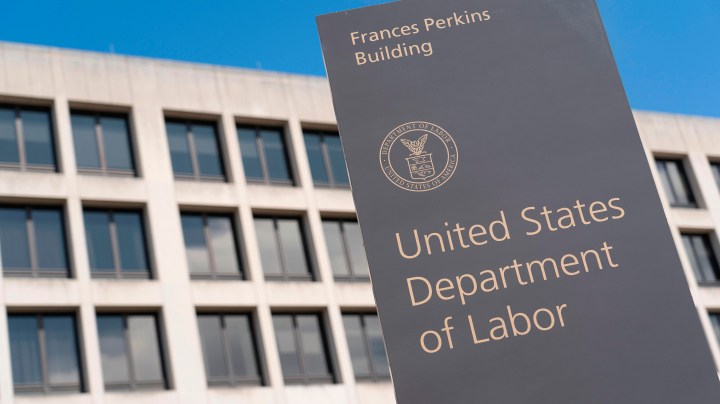
The economy seems great for some people, dire for others. What’s going on?
The economy seems great for some people, dire for others. What’s going on?

Care for some economic whiplash, anyone?
Here’s what we mean: Thursday we got the final reading on first-quarter gross domestic product — up 6.4%. That’s a good chunk of economic growth, with personal consumption up by double digits.
Then we heard that durable goods orders — that’s big stuff like cars and appliances and machinery for factories — were up more than 2% last month.
But turn the page to another government report, from the Labor Department, to find out that last week, first-time jobless claims barely budged. They’re still hovering above 400,000.
That’s about 200,000 more than was normal in the Before Times —before the pandemic.
And 14.8 million Americans are continuing to receive unemployment checks — state or federal, regular or extended. That’s even as employment rebounds and employers say they can’t find enough workers.
What gives?
If you’re an economist, maybe it makes sense that growth is surging, while unemployment is still rampant and millions can’t pay the rent. But if you’re in this economy …
“It’s understandable that those without work are somewhat confused,” said Joe Brusuelas, at the RSM consulting firm. “They’re hearing reports of perhaps the economy expanding by 10% this quarter. Yet jobless claims appear to have stalled out.”
Stalled out with 11 million people still on federal emergency pandemic unemployment aid.
“We’re learning a lot more about the depth and breadth of the American labor market, how many people are out of work, and that’s because we expanded those unemployment benefits to nontraditional workers or gig workers,” Brusuelas said.
Confidence is rising strongly for middle-income Americans, those earning $50,000 to $100,000 a year, said John Leer at Morning Consult. He pointed to service workers who are being rehired at restaurants, health and personal care companies and transportation services.
But for lower-income Americans whose government relief payments and jobless benefits are running out, Leer said, “the shadow of the pandemic is going to be extremely long. People who lost their jobs, have lost contact with their prior employer, potentially their prior employer is out of business — they all of a sudden right now are trying to figure out, ‘How can I find a job?’”
Jobs are available, and many offer hiring bonuses. AnnElizabeth Konkel of Indeed, a Marketplace underwriter, said: “Employers are really looking for workers. As of June 18, job postings on Indeed were up 30.5% compared to their pre-pandemic baseline.”
But for many, there are still barriers to taking work, she said, like the fear of getting COVID and the lack of affordable child care, if it’s even available.
There’s a lot happening in the world. Through it all, Marketplace is here for you.
You rely on Marketplace to break down the world’s events and tell you how it affects you in a fact-based, approachable way. We rely on your financial support to keep making that possible.
Your donation today powers the independent journalism that you rely on. For just $5/month, you can help sustain Marketplace so we can keep reporting on the things that matter to you.

















